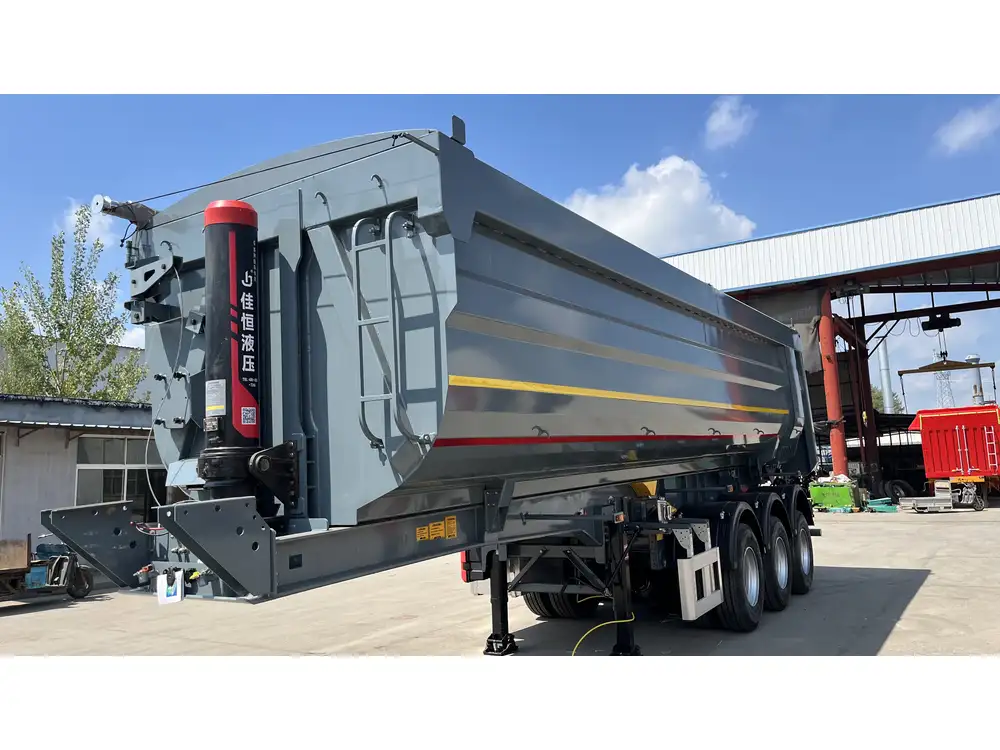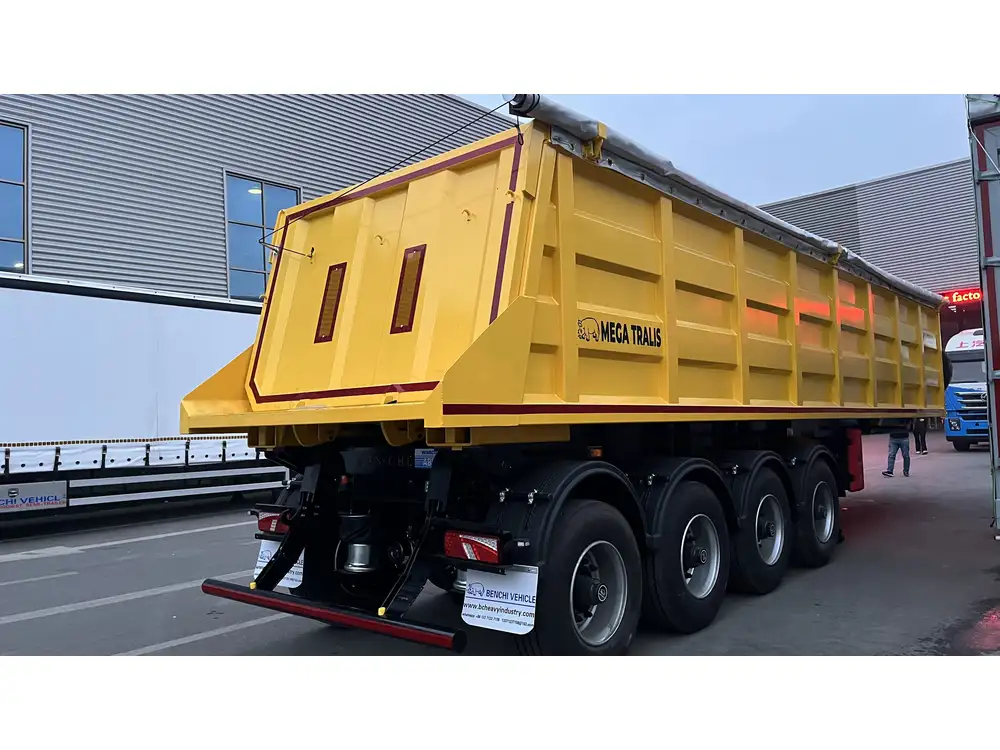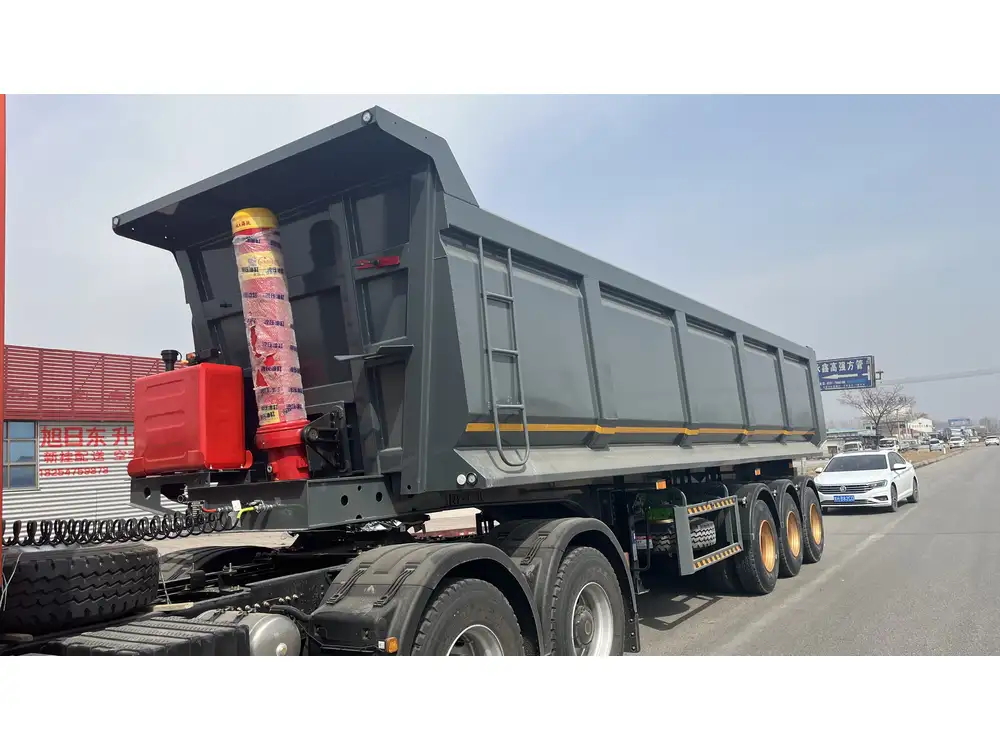When delving into the logistics and transportation industry, one must grapple with a range of elements that dictate efficiency, safety, and legality. A pivotal point of interest is the combined weight of a semi truck and its accompanying 53-foot trailer. This guide provides comprehensive insights into semi-truck and trailer weight, examining diverse factors, legal specifications, and implications for operators and fleet managers.
Semi Truck and Trailer Weight Basics
What Constitutes a Semi Truck?
A semi truck, often referred to as a tractor, is a powerful vehicle designed to tow trailers. It typically comprises an engine capable of generating substantial horsepower, coupled with a range of features intended for both comfort and functionality. These operational components can significantly influence the overall weight.

Trailer Specifications
A 53-foot trailer, the longest permissible length for freight vehicles in many jurisdictions, is commonly used for transporting a variety of goods. Its design, construction materials (such as aluminum versus steel), and loading configurations directly affect the total weight.
Weight Measurement Units
Weights are generally measured in pounds (lbs) in the U.S., while shifts to metric measurements might utilize kilograms (kg). For clarity, we will maintain focus on pounds throughout this discussion.
Weight Classes and Legal Limits

Federal Regulations on Truck Weights
In the United States, the Federal Motor Carrier Safety Administration (FMCSA) enforces weight regulations that are crucial for maintaining safety on highways. As stipulated in the law, there is a limit on the Gross Vehicle Weight Rating (GVWR) for commercial motor vehicles, including semi trucks and trailers.
| Vehicle Type | Maximum Weight |
|---|---|
| Single Axle | 20,000 lbs |
| Tandem Axle | 34,000 lbs |
| Gross Weight | 80,000 lbs (Federal Limit) |
State Regulations Variability
In addition to federal laws, each state may impose its own set of regulations that could affect weight limits, axle configurations, and bridge formulas. It’s imperative for truck operators to be familiar with specific state laws to avoid penalties.
Determining Weight: Factors at Play
Various aspects contribute to the total weight of a semi truck and its 53-foot trailer:

1. Truck Model and Manufacturer
Different models possess varying weight capacities. The manufacturers’ specifications can thus have a marked impact, making it crucial to consider model-specific details.
2. Cargo Type and Weight
Cargo plays a significant role—goods such as refrigerated items, steel beams, or bulk commodities have distinct weights and densities. Fleet managers must calculate the total cargo weight accurately to ensure compliance with legal limits.
3. Trailer Construction Material
Aluminum trailers, while lightweight, can vary significantly in strength compared to steel trailers. This material choice impacts the overall payload capacity.

4. Fuel Load
Since fuel is essential for semi truck operation, it is also a variable in weight calculations. A full tank can add considerable weight, typically accounting for roughly 8 lbs per gallon.
Weight Calculations: A Deeper Dive
To provide a clearer understanding, let’s break down the weight components:
Sample Calculation for a 53-Foot Trailer with a Standard Semi Truck
Assuming the following hypothetical specifications:
- Empty Semi Truck Weight: 18,000 lbs
- Empty 53-Foot Trailer Weight: 15,000 lbs
- Average Cargo Weight: 30,000 lbs
- Fuel Weight (at 100 gallons): 800 lbs
The total weight can be calculated as follows:
- Weight of Semi Truck: 18,000 lbs
- Weight of Trailer: 15,000 lbs
- Weight of Cargo: 30,000 lbs
- Weight of Fuel: 800 lbs

Total Weight
[ \text{Total Weight} = \text{Weight of Semi Truck} + \text{Weight of Trailer} + \text{Weight of Cargo} + \text{Weight of Fuel} ] [ \text{Total Weight} = 18,000 + 15,000 + 30,000 + 800 = 63,800 \text{ lbs} ]Ensuring Compliance with Weight Limits
In this example, the total weight of 63,800 lbs falls well within the federal limit of 80,000 lbs. However, this calculation must accommodate various factors such as axle weight distribution, which also plays a critical role in ensuring the vehicle is roadworthy.
Importance of Weighing for Fleet Management
Weighing trucks is not just a regulatory requirement; it significantly impacts operational efficiency, safety, and cost management.

1. Safety
Overloaded vehicles can experience diminished braking power, poor handling, and increased tire wear, heightening the risk of accidents.
2. Legal Compliance
Regularly weighing your vehicles helps maintain compliance with regulations, avoiding potential fines and penalties that could arise from exceeding weight limits.
3. Cost Efficiency
Maximizing payload without exceeding weight limits can optimize delivery processes and enhance profitability. Ensuring that trucks are loaded appropriately according to weight regulations can lead to improved fuel economy and reduced operational expenses.

4. Maintenance Implications
Operating a truck consistently at or above its GVWR can lead to increased maintenance costs. Understanding the weight parameters helps mitigate wear and tear on vital components.
Tools for Weight Management
Utility in the transportation industry doesn’t stop at understanding. Employing tools and processes for effective weight management is paramount.
1. On-Site Weigh Stations
Setting up scales at loading docks allows for precise weight measurement prior to departure.

2. Portable Weighing Equipment
Mobile weighing devices enable operators to check weight during stops, ensuring compliance on-the-go.
3. Weight Monitoring Systems
Advanced telemetry systems can provide real-time weight monitoring, notifying drivers when they are approaching maximum capacity.
Technological Innovations Affecting Weight Calculations
The transportation sector is at the forefront of technological advances designed to enhance operational efficiency:

1. Telematics
Telematics systems can track load distribution and represent this data visually, enabling fleet managers to make informed decisions on load management.
2. Data Analytics
Employing data analytics helps in identifying weight trends, ensuring optimization strategies are tailored to specific routes and cargo types.
3. Predictive Maintenance Tools
Predictive maintenance helps analyze weight-related wear patterns, allowing fleets to anticipate maintenance needs and reduce downtime.

Conclusion: The Path Forward
Understanding the weight of semi trucks and 53-foot trailers extends far beyond mere numbers. It encompasses a structured process that demands attention to detail, awareness of regulatory frameworks, and the deployment of technology.
Navigating the complexities of weight management ensures both compliance and operational effectiveness in the competitive transport landscape. By prioritizing these factors, manufacturers and fleet operators alike can optimize their logistics operations, ensuring safety and efficiency while driving forward into a promising future.
Overall, a thorough grasp of semi truck and trailer weights is indispensable for any industry players seeking to enhance their operational efficiency. Adopting best practices for weight management promotes not only compliance but also boosts competitiveness in the ever-evolving transportation market.



